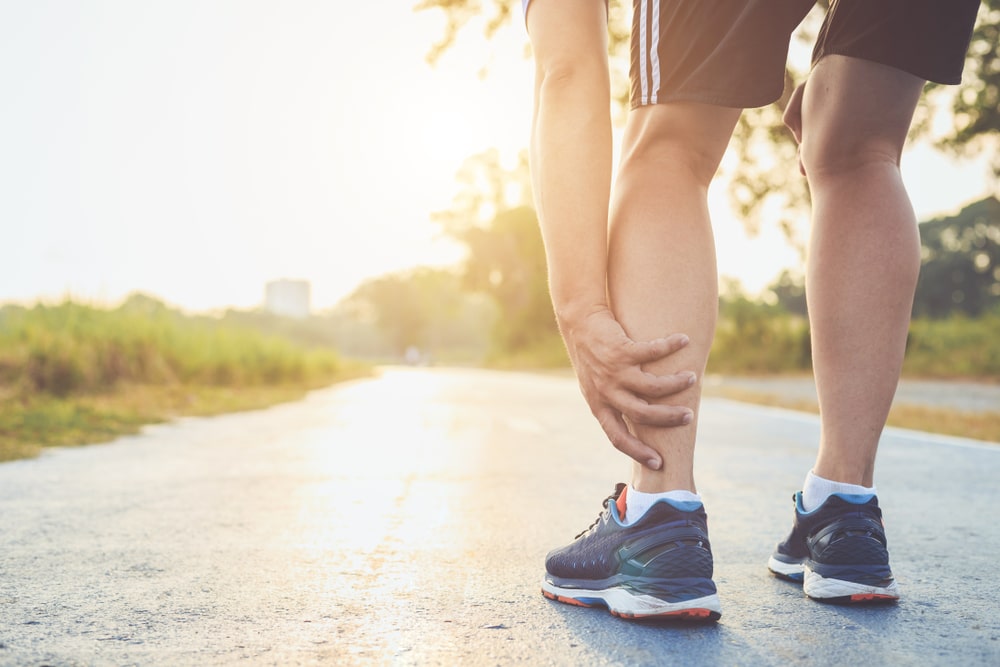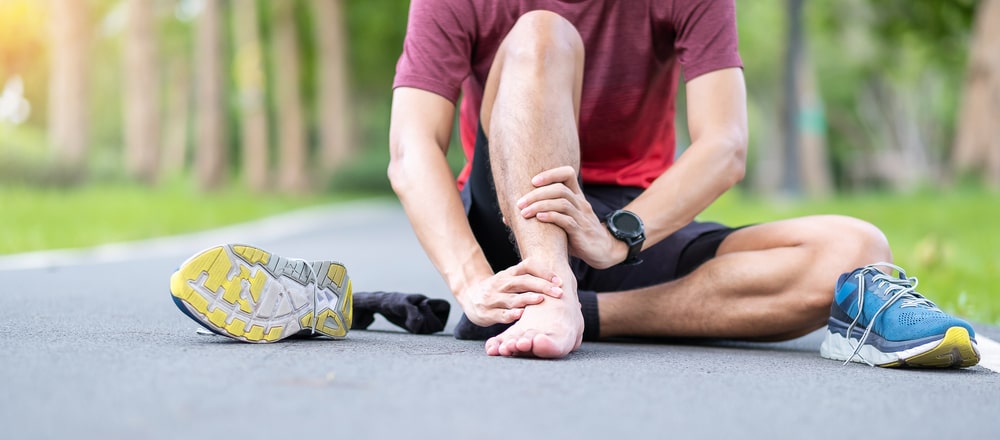At one point or another maybe you have been told you have tendinitis or tendinopathy. What do these terms mean, and does it even matter? Here is a brief crash course on some of the similarities and differences between these various terms used to describe tendon injuries.
What is Tendon?
Before we dive into this topic it is important to have a general understanding of what a “tendon” is. Tendons are the structures that anchor our muscles to our bones and have many other important roles. For example, when you walk, your calf muscle shortens and pulls on your achilles tendon which transfers that pulling force to your heel bone. The result is that your foot bends down and is able to push off of the ground. Tendons transmit forces like this on all of the joints in our bodies.

Treatments for tendinitis
Tendons in our bodies
We have many tendons in our bodies, and they are all unique with regards to their location and the loads we put on them. Because of this it makes sense that we can injure our tendons in various ways. Tendonitis simply means a tendon is inflamed (-itis is Latin for inflammation). Inflammation is not a “bad” thing, in fact it is the bodies first stage of the healing process. To become inflamed some form of tendon damage or irritation must have occurred. Typically, a blunt trauma to the tendon or an acute overuse of the tendon will result in tendonitis. Think of getting hit below the knee cap with a baseball, or spending a whole weekend out gardening. These events would cause some micro-damage to the tendon, and in order for it to heal the tendon must become inflamed, initiating the start of the healing process.
Different cause of Tendinopathy
Tendinopathy on the other hand has a different cause - chronic overuse of the tendon. Chronic overuse can occur in very subtle ways like using your computer mouse repetitively for months on end, or in less subtle ways, like going 4 hikes in one month when you would typically only go on one. Unlike tendinitis, in tendinopathy the research shows that there is very little – if any – inflammation present. To understand this odd statement, we must learn how tendons rebuild and get stronger. We stimulate tendons to get stronger by applying a load to them, and we apply this load by using our muscles. Loading stimulates the tendon to rebuild stronger than it was before. The first step of rebuilding is to temporarily break down; tendons balance breaking down and building back up throughout our entire lives. For this process to be successful we need to give tendons enough time to rebuild and become stronger. Research suggests it can take up to three days for an optimally loaded tendon to complete this rebuilding cycle. If we continually load a tendon and don’t allow enough time for it to catch up and rebuild, we end up breaking down the tendon. This results in a weaker tendon that becomes painful, swollen and irritated.
Treatments for tendinitis and tendinopathy
The treatments for tendinitis and tendinopathy are different. Tendons that are acutely inflamed need to rest and complete the healing process, whereas tendons that are chronically broken down need to be given the proper balance of both rest and loading to regain their strength.
If you have questions about the treatment of tendons, please contact a registered health care professional such at your family doctor or physiotherapist.
References
Thomopoulos, S., Parks, W. C., Rifkin, D. B., & Derwin, K. A. (2015). Mechanisms of tendon injury and repair. Journal of Orthopaedic Research, 33(6), 832-839.





